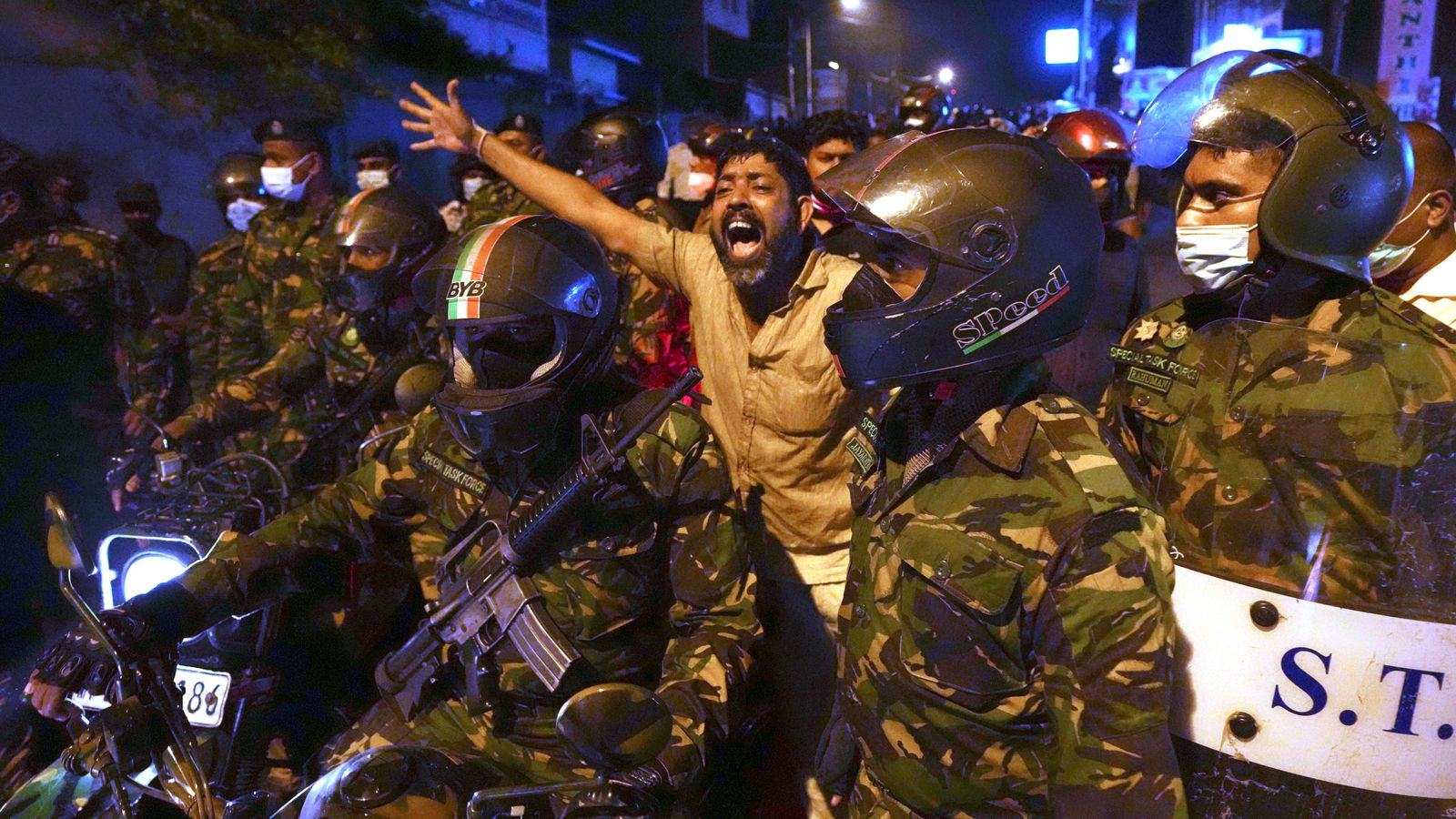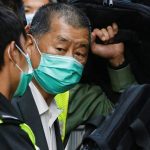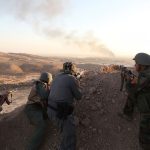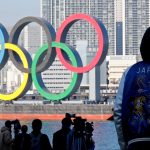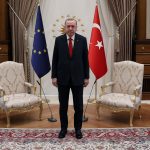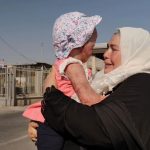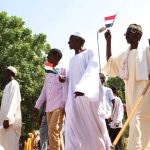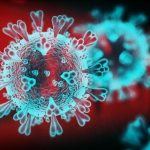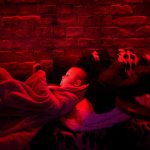Thousands of people have taken to the streets of Sri Lanka to protest against the government’s handling of the country’s worst economic crisis, despite a nationwide curfew being in place.
Armed troops confronted crowds of demonstrators, while police fired tear gas and water cannons at hundreds of university students who were trying to break through barricades.
Groups of people, including children, gathered along roadsides as anger over shortages of essential foods, fuel and long power cuts continues to grow.
It comes after President Gotabaya Rajapaksa declared a state of emergency across the country, enforced a nationwide curfew and banned social media platforms.
Internet users were unable to access Facebook, Twitter, YouTube, WhatsApp and a number of other platforms for nearly 15 hours.
However, the social media blackout was later lifted following mounting criticism.
The sites have been used to organise protests calling for Mr Rajapaksa to resign, with many blaming him for the country’s deepening economic woes.
Sri Lanka faces worst-ever economic crisis, triggering food and fuel shortages and protests
Sri Lanka: Policeman shoots dead four fellow officers and injures three others in Thirukkovil
Pakistan lynching: Imran Khan pledges severity with suspects after Sri Lankan man accused of blasphemy killed by mob
President applies emergency powers causing opposition to protest
He has been accused by protesters of abusing his power after assuming emergency controls, which enable him to preserve public order, suppress mutiny, riot or civil disobedience, or for the maintenance of essential supplies.
The president is also able to authorise detentions, seizure of property and the search of premises.
Read more: Why is Sri Lanka facing an economic crisis?
In an apparent move to defy the order, opposition politicians marched towards the main square in the country’s capital, Colombo.
Shouting slogans and carrying placards that read “stop suppression” and “Gota go home”, the protesters were met by barricades set up by armed soldiers and police officers.
The European Union has urged Sri Lanka’s government to safeguard the “democratic rights of all concerns, including right to free assembly and dissent, which has to be peaceful”.
US Ambassador Julie Chung said she is watching the situation “closely” and hopes the “coming days bring restraint” as well as “much needed economic stability”.
What is the situation in Sri Lanka?
The country faces huge debt obligations and dwindling foreign reserves.
As a result, it has struggled to pay for imports and is now dealing with a lack of basic supplies.
People have to wait in long queues for gas, and electricity is cut for several hours a day because there is not enough fuel to operate power plants.
On top of that, dry weather has sapped the country’s hydropower capacity.
Sir Lanka’s economy was heavily hit by the COVID-19 pandemic, with the government estimating a loss of $14 billion (£10.7 billion) in the last two years.
However, its economic woes have been blamed on failure of successive governments to diversify exports, instead relying on traditional cash sources like tea, garments and tourism, and on a culture of consuming imported goods.
